On dit qu’un modèle possède la propriété de Markov si son état à un instant T dépend uniquement de son état à l’instant T-1. Si on peut observer les états dans lesquels se trouve le modèle à chaque instant, on parle de modèle de Markov observable. Sinon, on parle de modèle de Markov caché.
Dans cet article, nous allons illustrer ces modèles pour comprendre leur fonctionnement et leur utilité.
Research and publish the best content.
Get Started for FREE
Sign up with Facebook Sign up with X
I don't have a Facebook or a X account
Already have an account: Login
For Product Owners/Product Managers and Scrum Teams: Growth Hacking, Devops, Agile, Lean for IT, Lean Startup, customer centric, software quality...
Curated by
Mickael Ruau
 Your new post is loading... Your new post is loading...
 Your new post is loading... Your new post is loading...
|
|








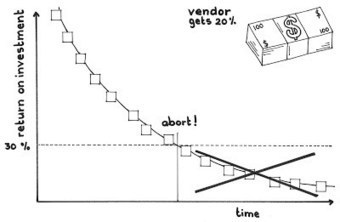

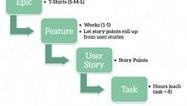

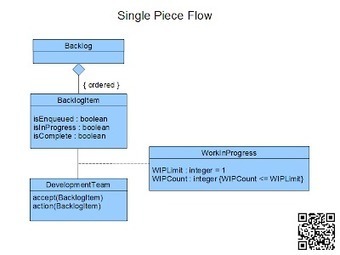




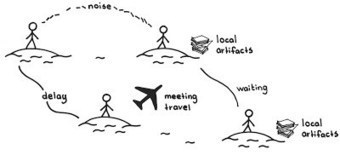
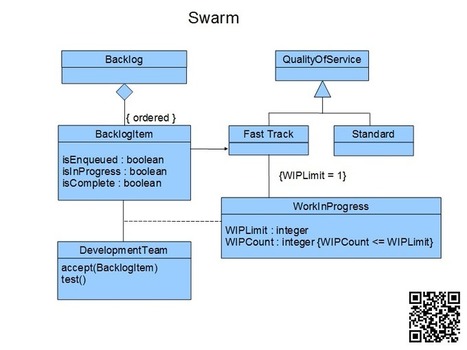
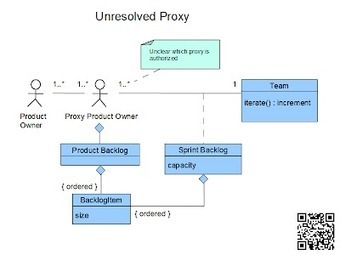
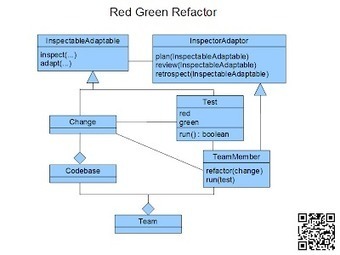
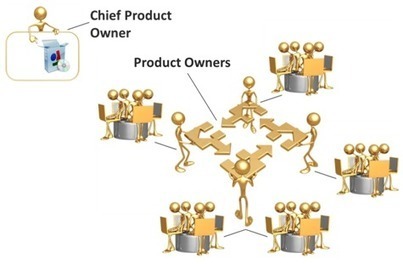





Modèle de Markov observable
Considérons la situation qui suit :
Vous êtes enfermés chez vous un jour de pluie, et vous aimeriez déterminer le temps qu’il fera lors des cinq prochains jours.
Pour simplifier encore plus, vous considérez qu’il y a seulement trois temps possibles: soleil, nuages ou pluie.
En se basant sur les observations des derniers mois, vous établissez le diagramme de transitions suivant :